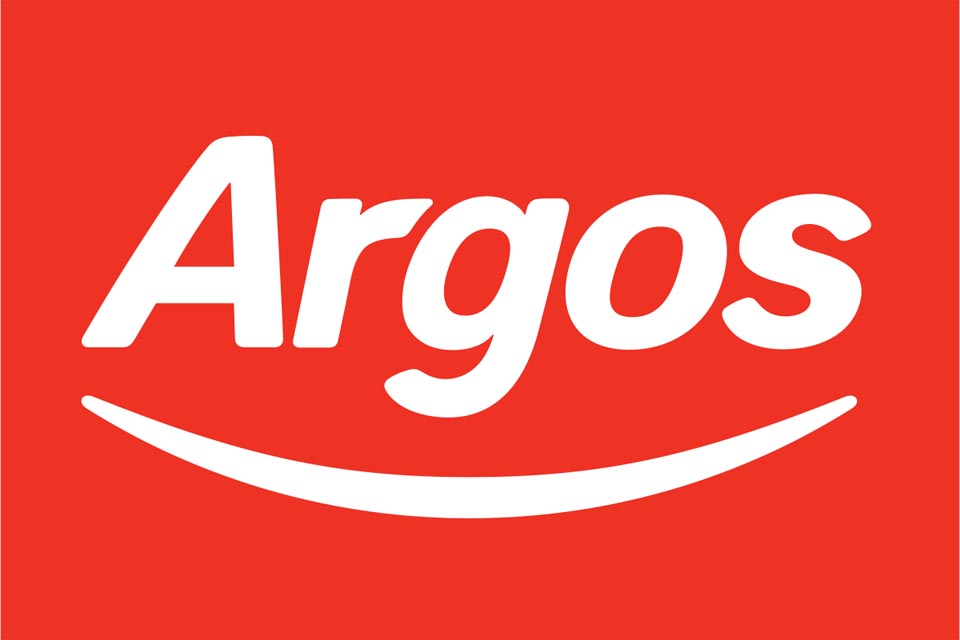By Rob Kabrovski, VP Accounts EMEA, Adaptly
The Christmas season is a wonderful time of year, but it can also be stressful for retail marketers. That pressure is for a good reason: UK sales amounted to almost £43 billion in 2016, with shoppers spending in excess of £805 million on Christmas Day alone.
With consumers facing messages and advertisements from all different directions, it takes careful planning and strategising to execute campaigns that will break through the noise.
It is possible for advertisers to own the Christmas season timeline, making this year’s campaigns the most effective yet.
Dominate the Pre-Season Period
Christmas conversations often start as early September but there’s a huge spike in interest once Halloween has passed.
Almost half of UK shoppers claim to have planned most of their Christmas purchases by early October, but just over 15% will have actually finished their shopping at the end of the following month.
Make sure to get ahead of competitors by carefully creating a content calendar and owning the pre-Christmas planning period. This is a key time for driving awareness and increasing product consideration, as consumers are in a much more relaxed state-of-mind. Christmas season is saturated with ads and it’s important to get a head start to reach your target audience before ad fatigue sets in.
Users increasingly turn to social platforms to plan their Christmas purchases and activities. The sooner you start adding content, the more likely you are to get noticed and stay top-of-mind throughout the entire period.
Test and Learn
Use the October pre-season period to do your testing. Iterate on creative and ad formats to identify what resonates best with your customer – setting you up for success later on. This is a perfect time to identify which products, assets, and messaging your audiences are responding to, in order to optimise top performers closer to the actual date.
Focus this time on driving brand awareness and create excitement in the run-up to major shopping events like Black Friday and Cyber Monday. Seed your messages to core users – customers, fans, site visitors, and email subscribers – then reach your entire target audience on the actual day of a sale.
But remember that announcing promotions too early can delay consumers from making a purchase. 60% of UK customers say that they have hesitated to buy a Christmas related item in the hope of picking up a bargain later on.
Bid Aggressively
The competition tightens towards the end of November, in particular around Black Friday and Cyber Monday. That means you’ll have to be willing to bid aggressively to get a bigger share of users’ wallets. This can have an effect on your usual sales targets, so use historical data to determine the best timeline and appropriate budgets for your business.
Even though this period may be slightly pricier than usual, you’re reaching users while they are most receptive to offers and gift ideas, and while purchase intent is at its peak.
Most consumers are actively looking to make purchases, so creative elements should be focused on product demos or inspiring users with gifting ideas. At this point, use ad formats that drive traffic to site and bring customers closer to purchase.
Drive Sales with Retargeting
In the immediate run-up to Christmas, driving sales becomes more important than ever. A total of £25 billion was spent online between Black Friday and Christmas Eve last year, and compared to 2015, ecommerce orders saw a 51% increase for the week leading up to the 25th.
Leverage the audiences you have already driven to your site; and dynamically retarget users based on product pages they have viewed.
Put the right items in front of shoppers at the right time and personalise your content based on users’ previous behaviour.
Don’t forget customers who are likely to purchase your products for their own use; retarget them with items they viewed earlier in the year. Entice these users with the opportunity to buy their own perfect gift – now available through a Black Friday deal or with a special Christmas discount.
Christmas can be a stressful time for marketers, but it also presents ample opportunities to connect with customers while purchase intent is high. As long as you plan your activity well in advance and focus on driving users through the purchase funnel, this is definitely the season to be jolly.
www.adaptly.com





